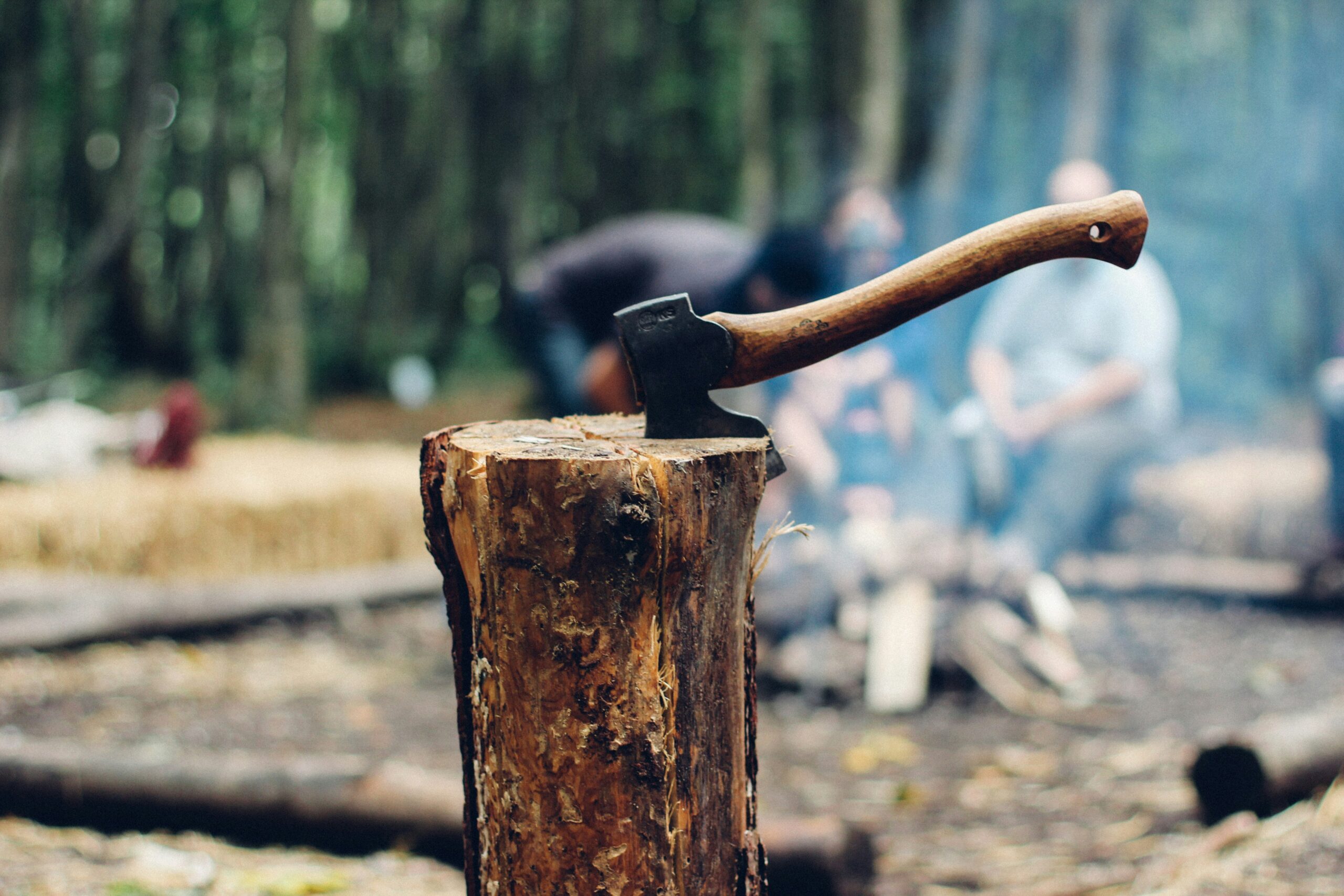Throwing axes can be thrilling, but safety should always come first. Many users overlook the importance of thorough safety inspections before tossing their axes. In this guide, readers will learn how to inspect their axes for safe throwing by examining the axe head, checking the handle, and ensuring balance and weight distribution. By following these steps, everyone can enjoy throwing axes confidently while minimizing the risk of accidents, ultimately improving their overall experience. Proper preparation will help prevent problems and make throwing axes a fun and safe activity for everyone involved.
Key Takeaways
- regular inspections of axes prevent injuries and improve performance during throwing
- check for cracks, chips, and wear on the axe head before each use
- ensure the axe head is securely attached to the handle for safe throwing
- test the axe’s balance and weight distribution to enhance accuracy and safety
- establish safety guidelines with others to maintain a secure throwing environment
Prevent Accidents With Proper Axe Inspection
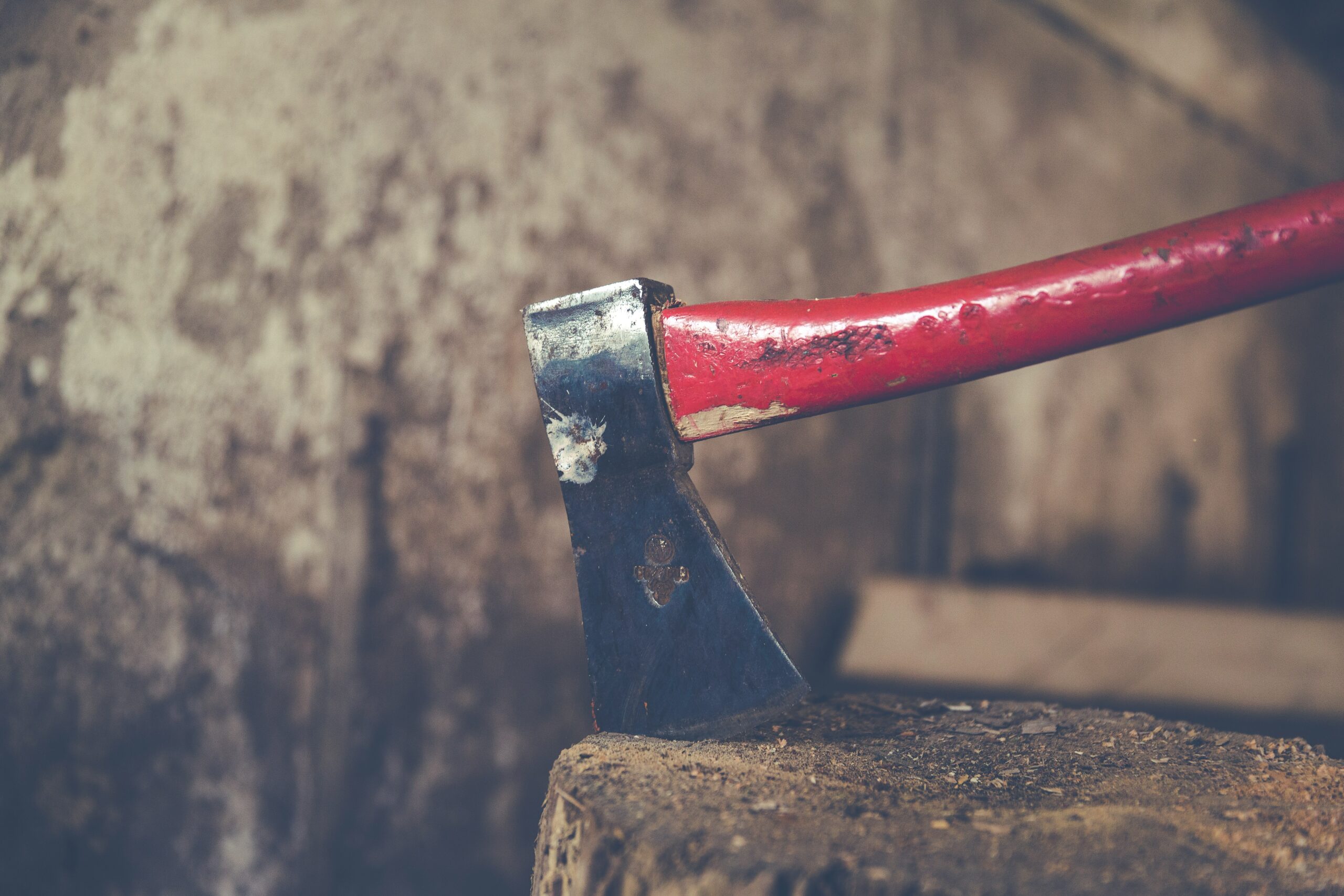
If not properly inspected, damaged axes can lead to serious injury. Recognizing hazards related to the weight and steel quality of axes is crucial for safe throwing. Regular inspections enhance performance, and help meet safety regulations. This section will cover how to identify damage, the benefits of routine checks, and adherence to safety standards in axe throwing.
Recognizing Hazards of Damaged Axes
Inspecting axes for damage is vital in ensuring safety during throwing. Hazards can arise from manufacturing flaws or wear and tear, which may affect the interface between the axe head and handle. Regularly measuring the axe for nicks, cracks, or deformities helps identify potential issues before they lead to serious injury, emphasizing the importance of routine checks and the role of first aid knowledge in case of accidents.
Benefits of Regular Inspections for Performance
Regular inspections of axes provide numerous benefits for performance in fields such as agriculture and construction. By frequently checking the axe, individuals can ensure that the wood handle remains secure and the blade stays sharp. This proactive approach enhances efficiency and helps meet crucial safety parameters, reducing the risk of accidents during use.
Complying With Safety Standards in Axe Throwing
Complying with safety standards in axe throwing is essential to prevent accidents and injuries. Before each session, individuals should conduct thorough inspections of their axes, paying attention to the angle of the blade and ensuring there are no visible damages. It is also important for participants to document these inspections and wear appropriate eye protection to safeguard against potential accidents, especially in environments where livestock may be present.
Getting Ready to Inspect Your Axe
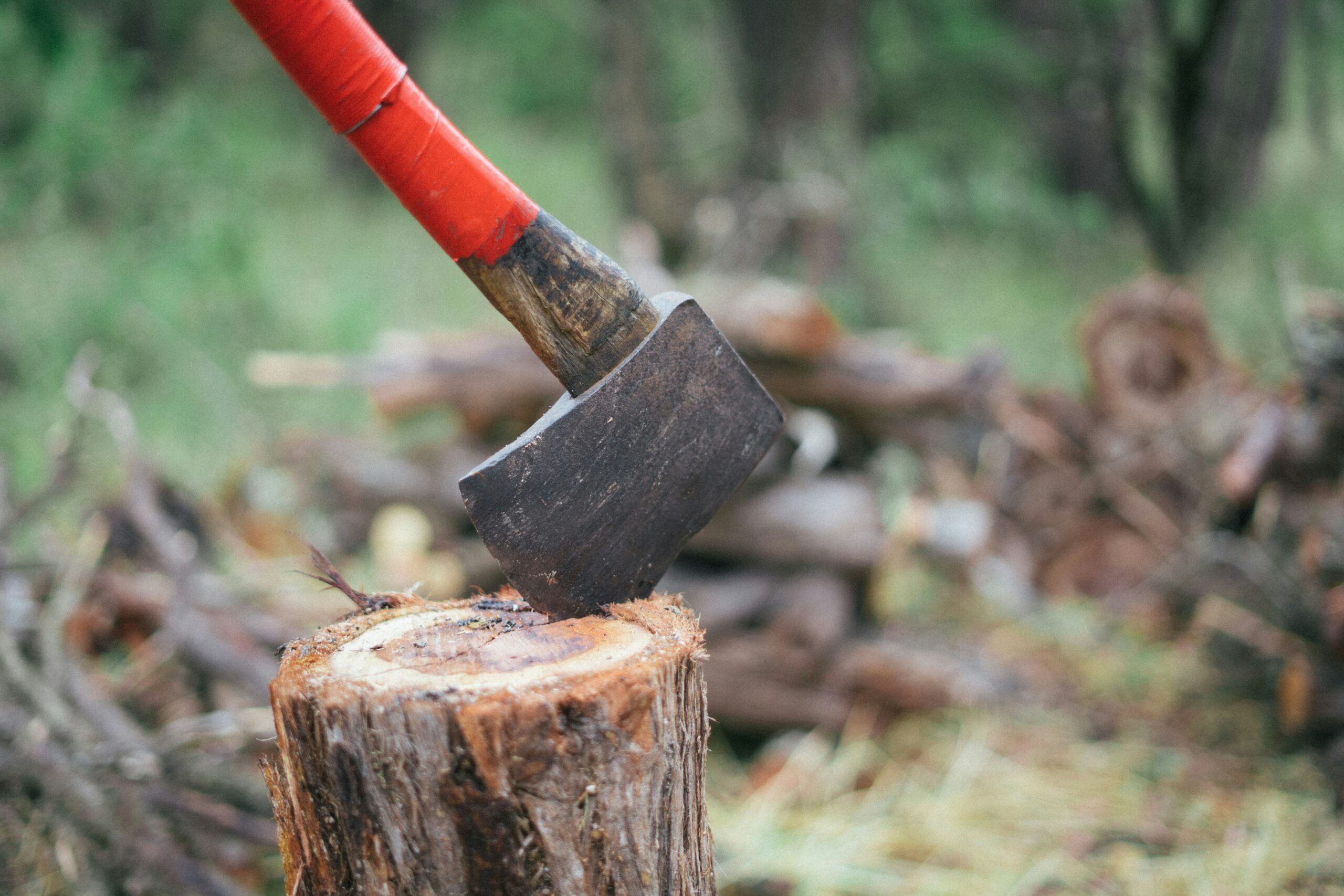
Gathering all necessary tools and equipment is important before inspecting an axe for safe throwing. Creating a safe inspection area where machines and overhead obstacles do not pose a risk is essential. Additionally, wearing protective gear ensures safety during the inspection process. These steps set the stage for a thorough inspection system, enhancing the axe’s performance and safety during use.
Collecting Necessary Tools and Equipment
Before starting the inspection of an axe for throwing, it is important to collect the right tools and equipment. This includes a sharpener for the blade, a measuring tape to check for any wear, and a first aid kit for safety in case of an accident. Setting up in an area with enough space allows for proper axe rotation during the inspection, ensuring that all angles are thoroughly checked and any potential safety issues are identified quickly.
Setting Up a Safe Inspection Area
To set up a safe inspection area for checking axes, one must choose a spacious location away from obstacles. The area should be well-lit, free from overhead hindrances, and have enough room to rotate the axe easily for thorough inspection. Safety gear, such as gloves and eye protection, should be worn during this process to ensure safety while handling the axe.
Wearing Protective Gear During Inspection
Wearing protective gear during axe inspection is essential for ensuring safety. Eye protection, such as safety glasses, and guards against chips and debris that may fly off during the inspection process. Additionally, wearing gloves can protect hands from sharp edges, preventing cuts and injuries while handling the axe, making the entire inspection process safer and more effective.
Inspecting the Axe Head Thoroughly
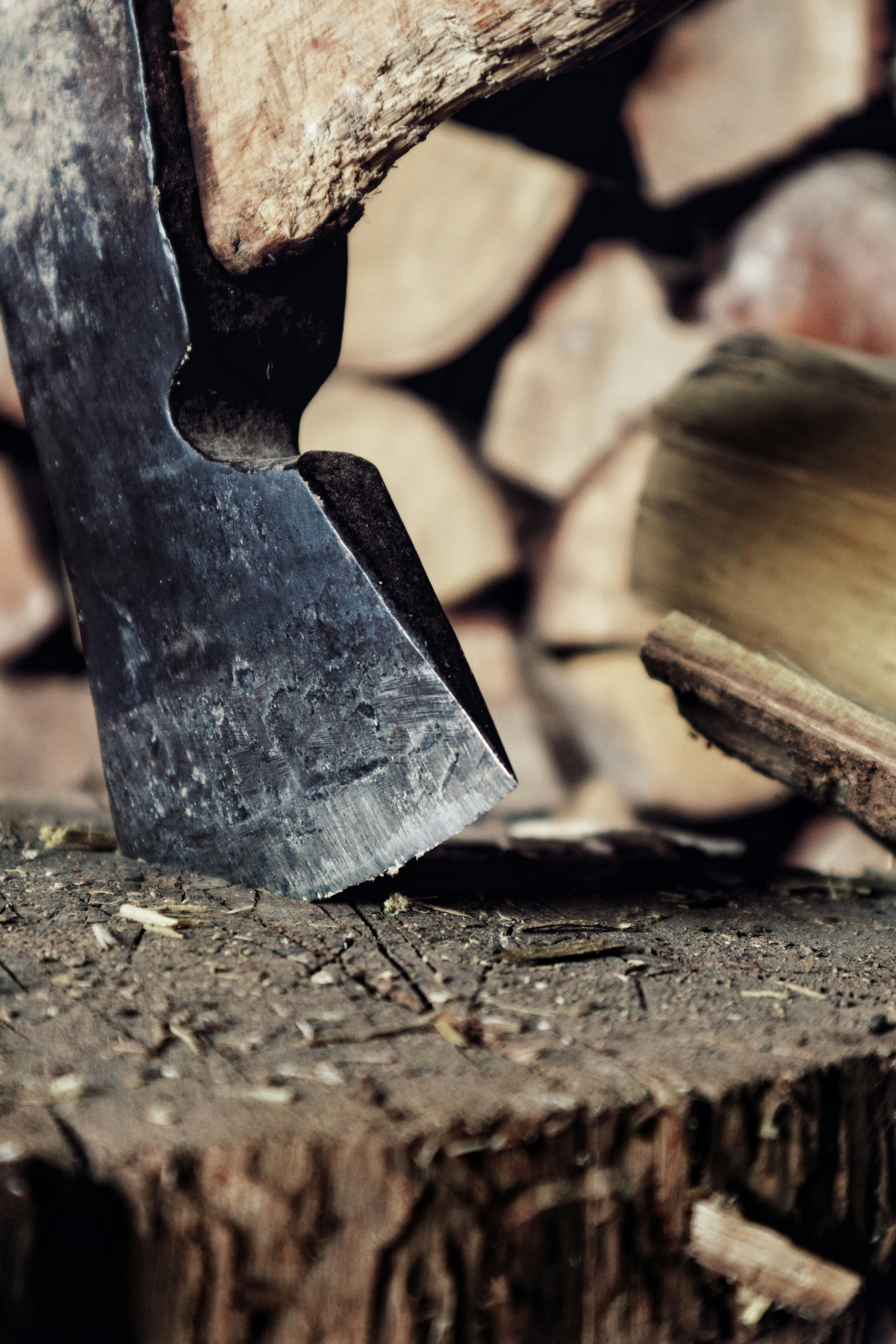
Inspecting the axe head thoroughly involves several crucial steps. First, checking for cracks, chips, and wear can prevent potential hazards. Next, assessing the sharpness and overall blade condition ensures effective performance. Lastly, verifying that the axe head is securely attached to the handle is vital for safe use. These checks play a significant role in maintaining axe safety and functionality.
Checking for Cracks, Chips, and Wear
Checking for cracks, chips, and wear on the axe head is crucial to the inspection process. Any visible damage, such as a crack or a chip, can compromise safety during use, making it essential to look closely at the blade’s edge. Regularly inspecting the axe head not only prevents accidents but also ensures the axe performs effectively, giving the user confidence in their throwing technique:
- Examine the blade for visible cracks or chips.
- Feel for uneven wear along the cutting edge.
- Look for signs of rust or other deterioration.
- Check the connection between the axe head and handle for stability.
Assessing the Sharpness and Blade Condition
Assessing the sharpness and overall condition of the axe blade is crucial for safe throwing. A sharp blade allows for better penetration into the target, reducing the risk of glancing hits that could cause injury. Regularly testing the sharpness with a finger swipe (carefully!) can help determine if it needs sharpening, while also examining the blade for any signs of corrosion or dullness is essential to maintain safety and performance:
Verifying Secure Attachment to the Handle
Verifying the secure attachment of the axe head to the handle is a key step in ensuring safe use. A loose axe head can lead to dangerous accidents during throwing, so individuals should check for any gaps or movement when pulling on the head. If the axe head feels wobbly, it should be tightened or replaced immediately to prevent any potential injuries.
Evaluating the Axe Handle for Safety

Evaluating the axe handle for safety is essential for a secure throwing experience. First, it’s important to spot any splits, rot, or weaknesses that could affect performance. Next, ensuring a tight fit between the axe head and handle is crucial. Lastly, testing the grip for comfort and control enhances handling, making each throw more effective and safer.
Spotting Splits, Rot, or Weaknesses
Spotting splits, rot, or weaknesses in the axe handle is critical for safe axe throwing. Inspecting the wood closely for small cracks or soft spots can reveal potential hazards that might not be immediately visible. A strong, solid handle is essential for maintaining control and power during throws, ensuring that the axe performs effectively and reduces the risk of accidents.
Ensuring Tight Fit With the Axe Head
Ensuring a tight fit between the axe head and handle is crucial for safe throwing. A secure connection prevents the axe head from wobbling or loosening during use, which can lead to accidents. Regularly checking for movement at the joint helps maintain the axe’s integrity and guarantees that it will perform reliably when thrown.
Testing the Grip for Comfort and Control
Testing the grip of an axe is crucial for ensuring comfort and control during throwing. A secure grip allows for better handling and reduces the chance of slipping, which can lead to accidents. Users should hold the axe to see if it feels comfortable and provides a firm hold, as a good grip can vastly improve throwing accuracy and safety.
Testing Axe Balance and Weight Distribution
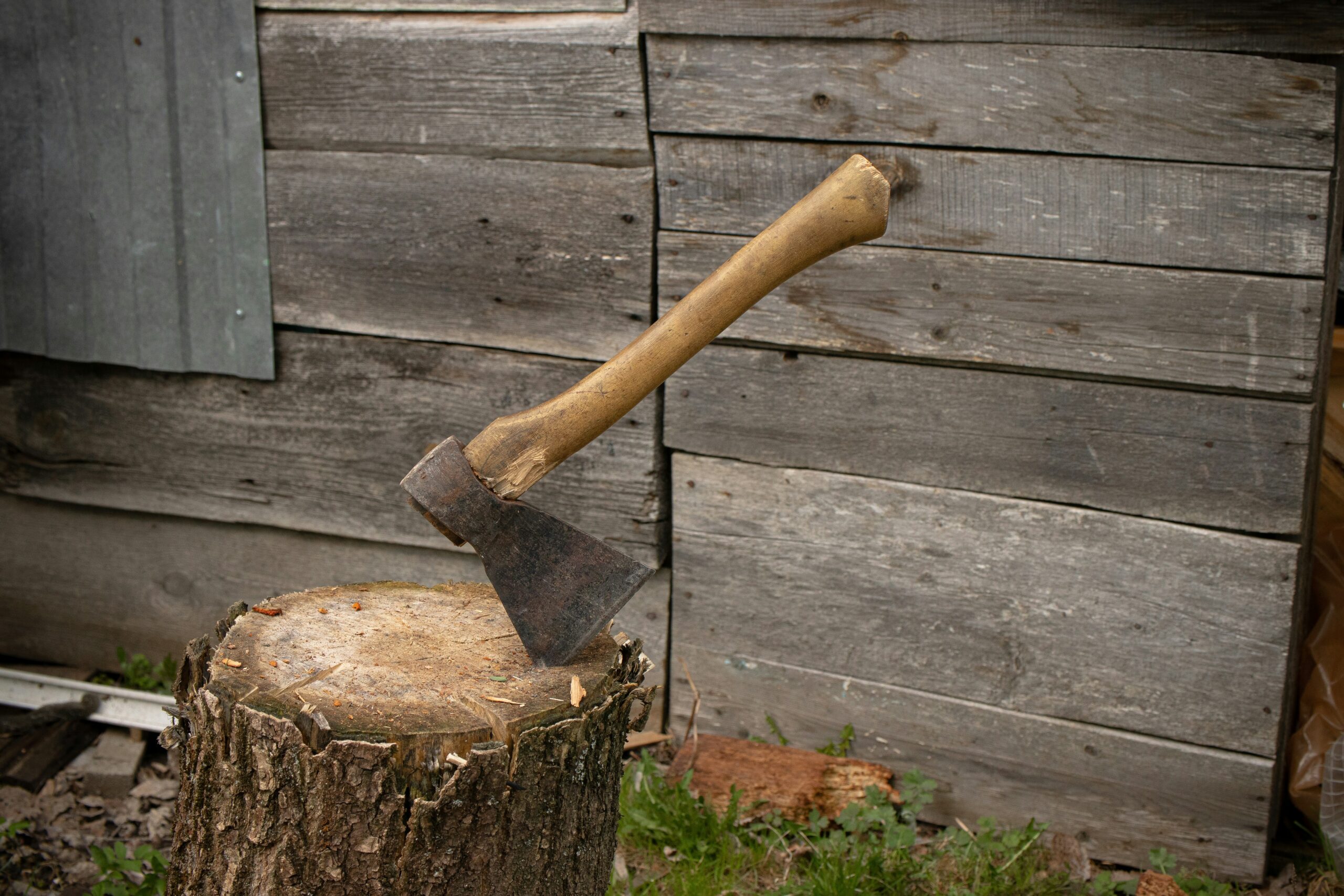
Testing axe balance and weight distribution is essential for achieving accurate throws and maintaining safety. Balance tests help users identify whether their axe is evenly weighted while adjusting weight distribution can improve throwing performance. Understanding how balance affects safety ensures that throwers can minimize the risk of accidents, making this inspection process vital for effective axe throwing.
Performing Balance Tests for Accurate Throws
Performing balance tests is important for ensuring accurate axe throws. This involves holding the axe at the handle’s midpoint and checking whether it tilts in any direction. A well-balanced axe should feel stable when held, enhancing throwing precision and safety and reducing the likelihood of mishaps during practice or competition.
Adjusting Weight Distribution if Necessary
Adjusting the weight distribution of an axe is crucial for achieving the right balance, which in turn enhances throwing accuracy. If an axe feels too heavy on one side, it may require weight adjustments by adding or removing materials from the axe head or handle. This process improves performance and plays a significant role in ensuring safety during throwing sessions, as a well-balanced axe is less likely to cause accidents.
Recognizing How Balance Affects Safety
Recognizing how balance affects safety is crucial for effective axe throwing. A well-balanced axe helps a thrower maintain better control, reducing the chances of accidents during practice. If an axe feels unbalanced, it can lead to unexpected movements, increasing the risk of injury to the thrower and bystanders alike. Proper balance ensures that the axe can be thrown accurately and safely:
- A well-balanced axe contributes to more accurate throws.
- Unbalanced axes may cause injuries due to unexpected movements.
- Regular checks on balance maintain safety during use.
Final Checks Before Throwing the Axe
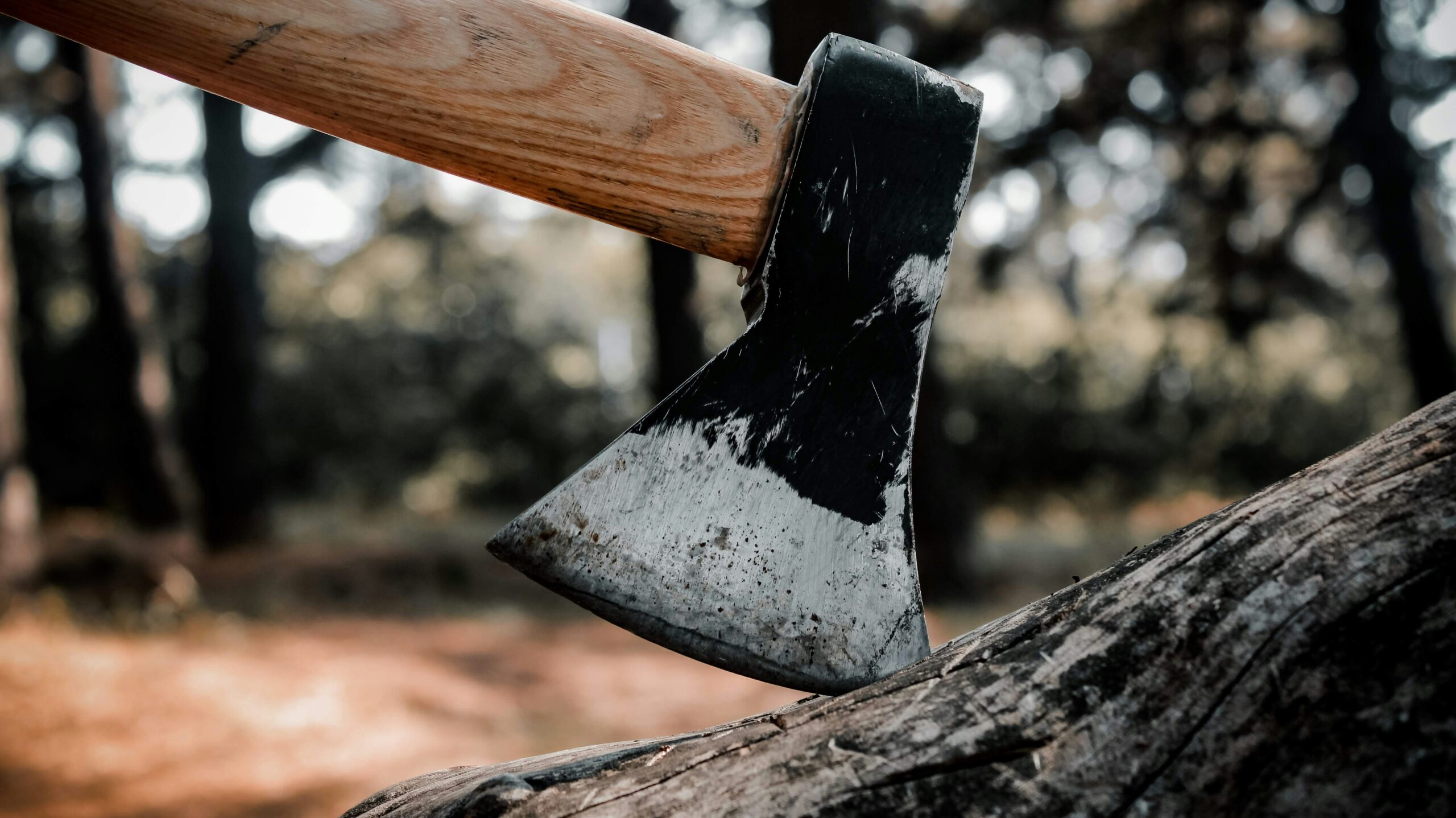
Before throwing an axe, conducting a safe practice swing is crucial to ensure the right grip and technique. Additionally, inspecting the throwing area for hazards, such as obstructions or uneven surfaces, enhances safety. Finally, establishing safety guidelines with others present ensures that everyone understands the importance of maintaining a secure environment during axe-throwing sessions.
Conducting a Safe Practice Swing
Conducting a safe practice swing is essential before throwing an axe. This allows the thrower to ensure correct grip and stance while evaluating the axe’s balance. By simulating the act of throwing without actually releasing the axe, individuals can identify any adjustments needed for their technique or comfort, enhancing safety during the actual throw:
Inspecting the Throwing Area for Hazards
Before axe throwing, it is critical to inspect the throwing area for hazards. A safe throwing space should be clear of any obstructions, such as rocks, branches, or uneven ground, that could lead to accidents. By ensuring the environment is well-maintained and free from potential risks, individuals can enhance their safety and focus on their throwing technique, significantly reducing the chance of injury.
Establishing Safety Guidelines With Others
Establishing safety guidelines with others before throwing an axe is essential for maintaining a secure environment. Everyone involved should understand the importance of following specific safety rules, such as keeping a safe distance from the throwing area and always being aware of others’ locations. Clear communication about these guidelines helps prevent accidents and ensures that each participant feels confident and safe during the throwing session.
Conclusion
A comprehensive guide to inspecting axes for safe throwing is essential for preventing accidents and ensuring effective performance. Regular checks for damage, proper weight distribution, and safety standards help maintain a secure throwing experience. By prioritizing the inspection process, individuals enhance their confidence and skill in axe throwing. A well-maintained axe contributes significantly to safety and enjoyment in this exciting activity.

